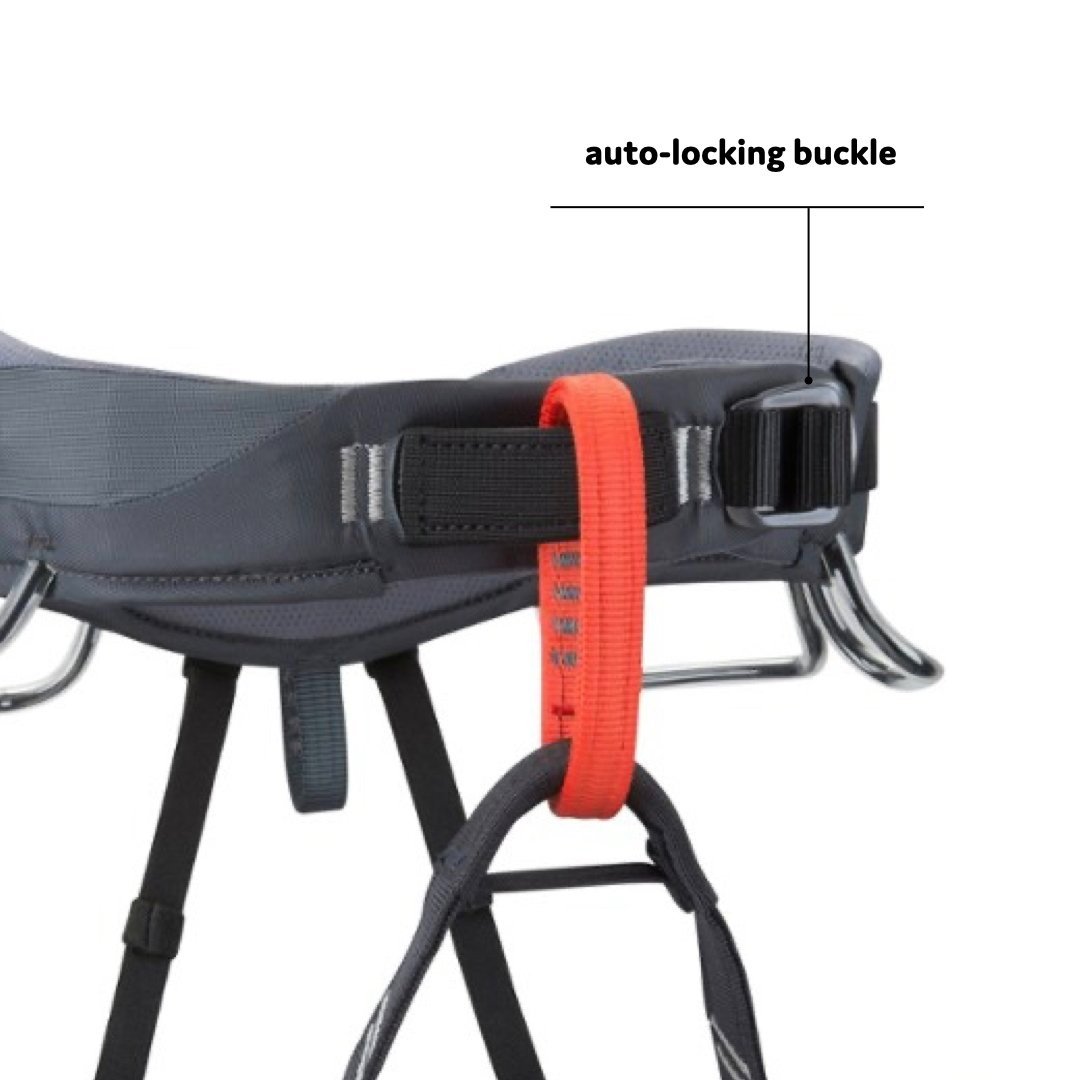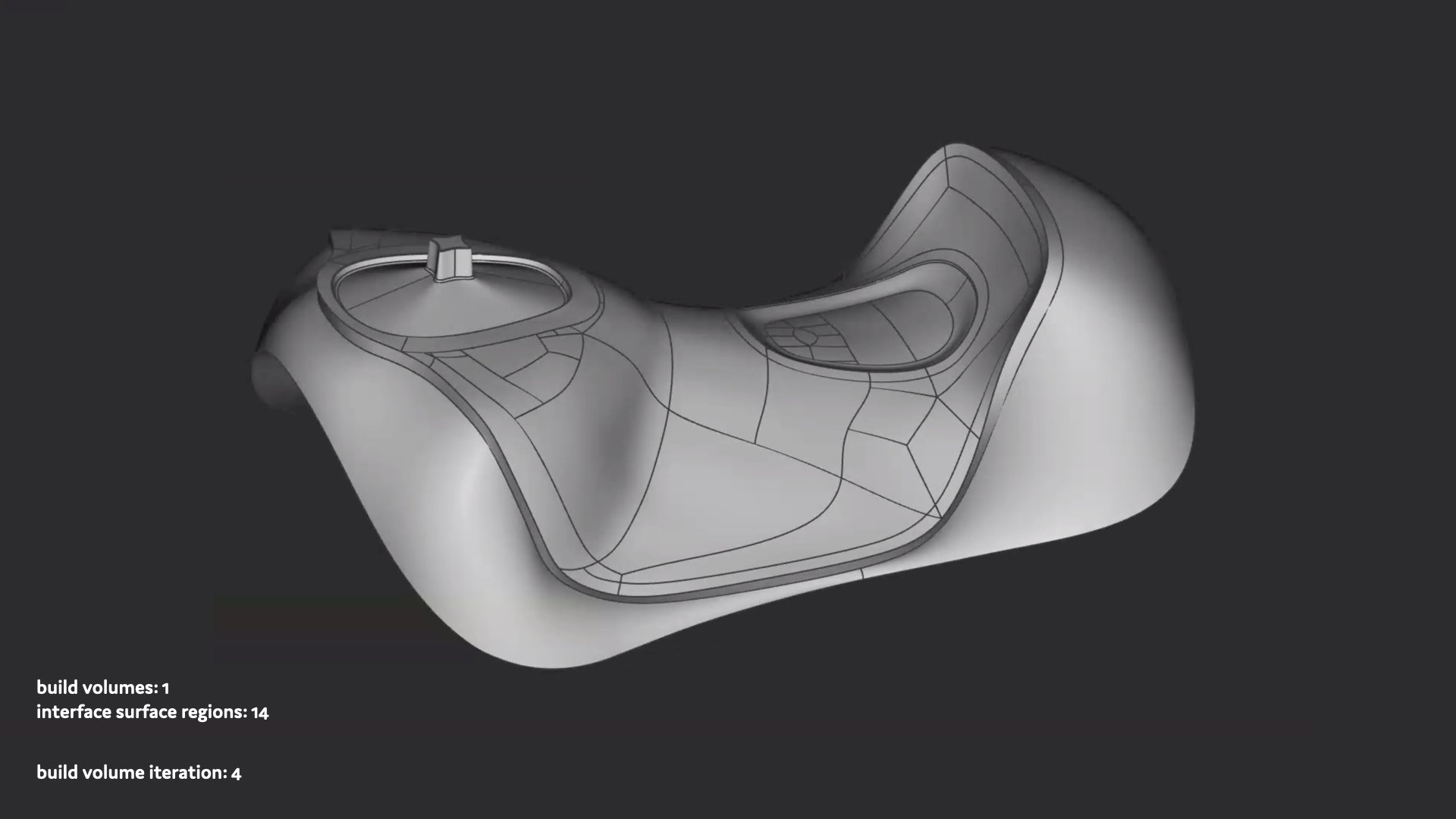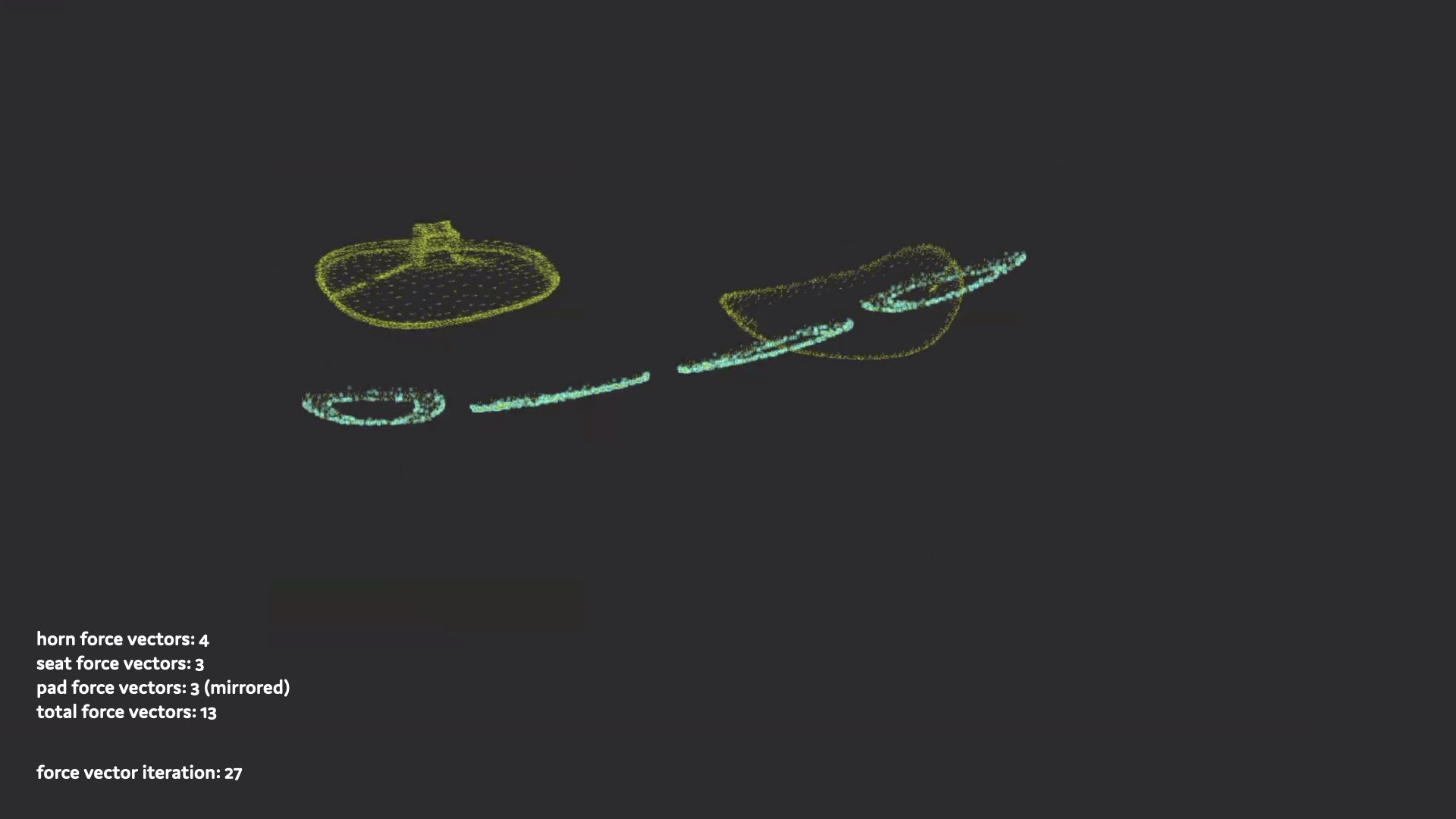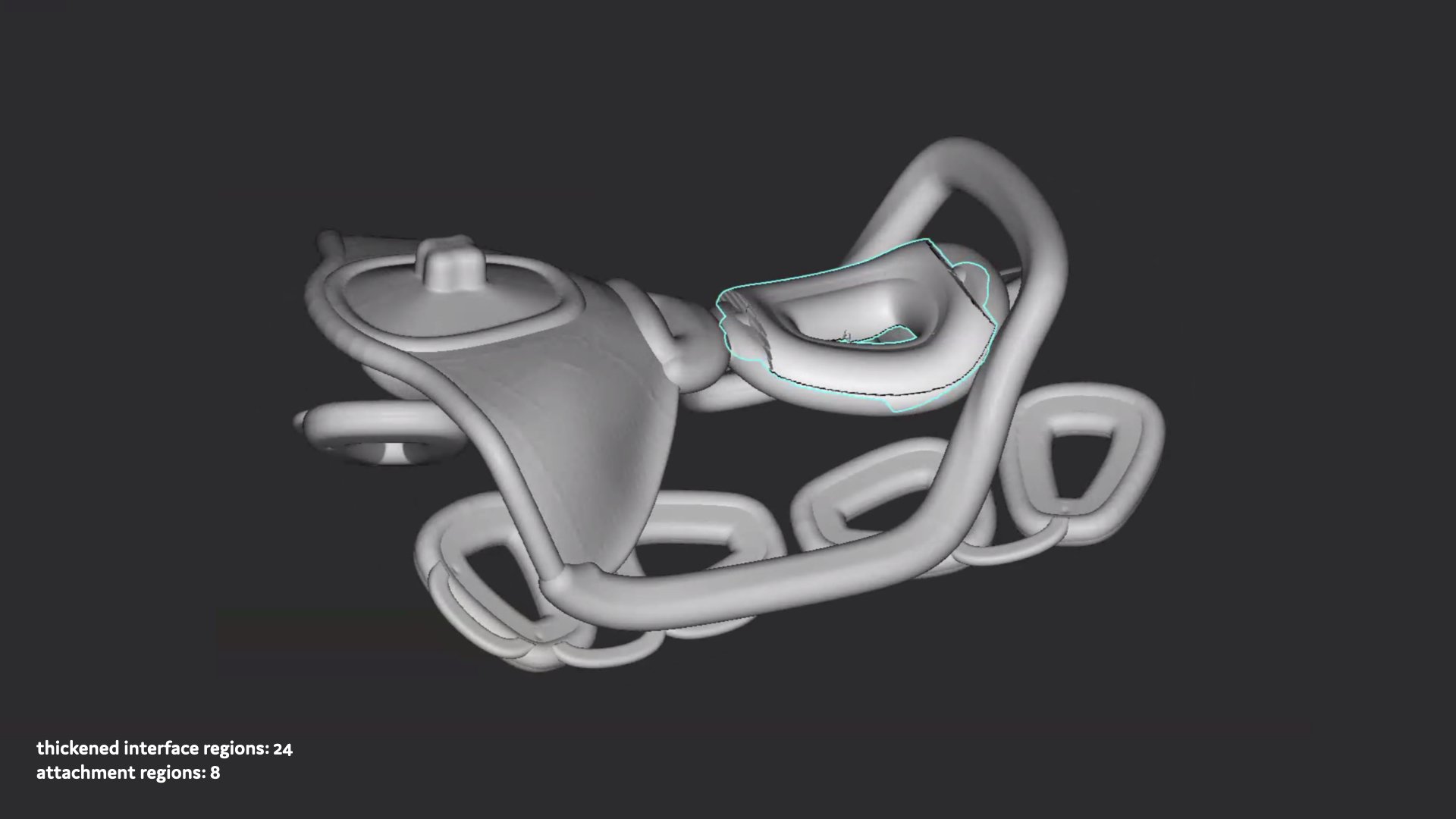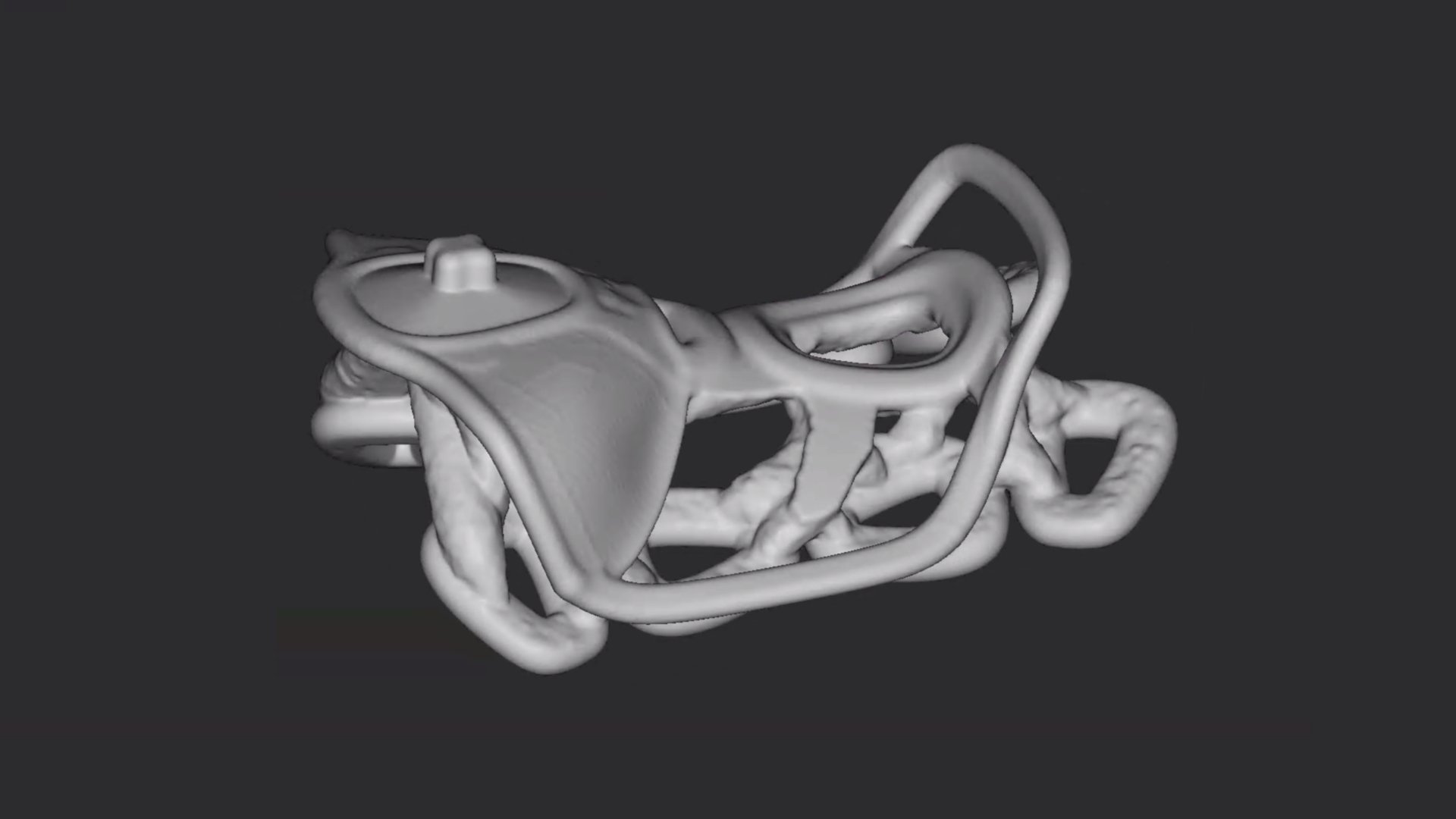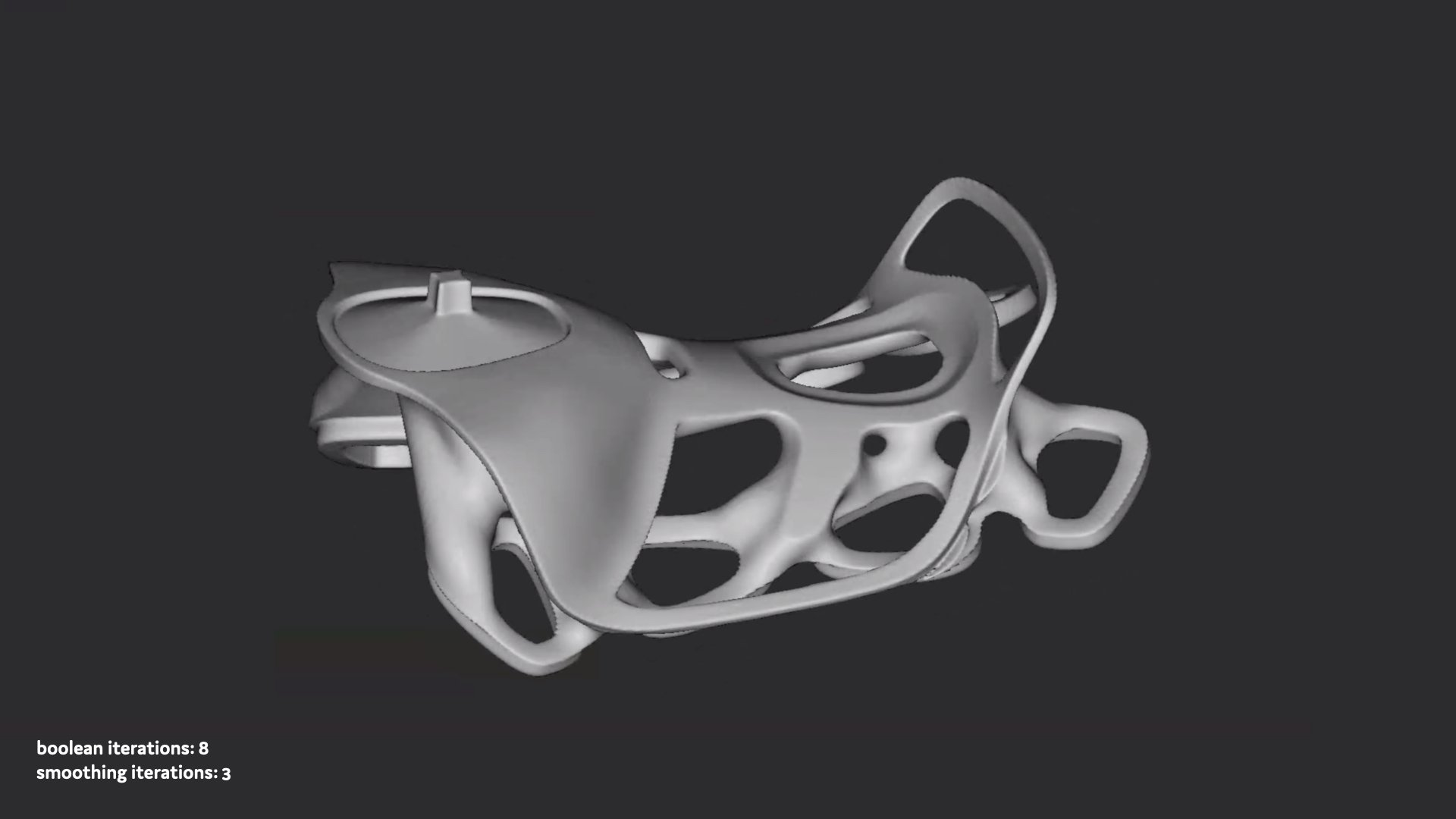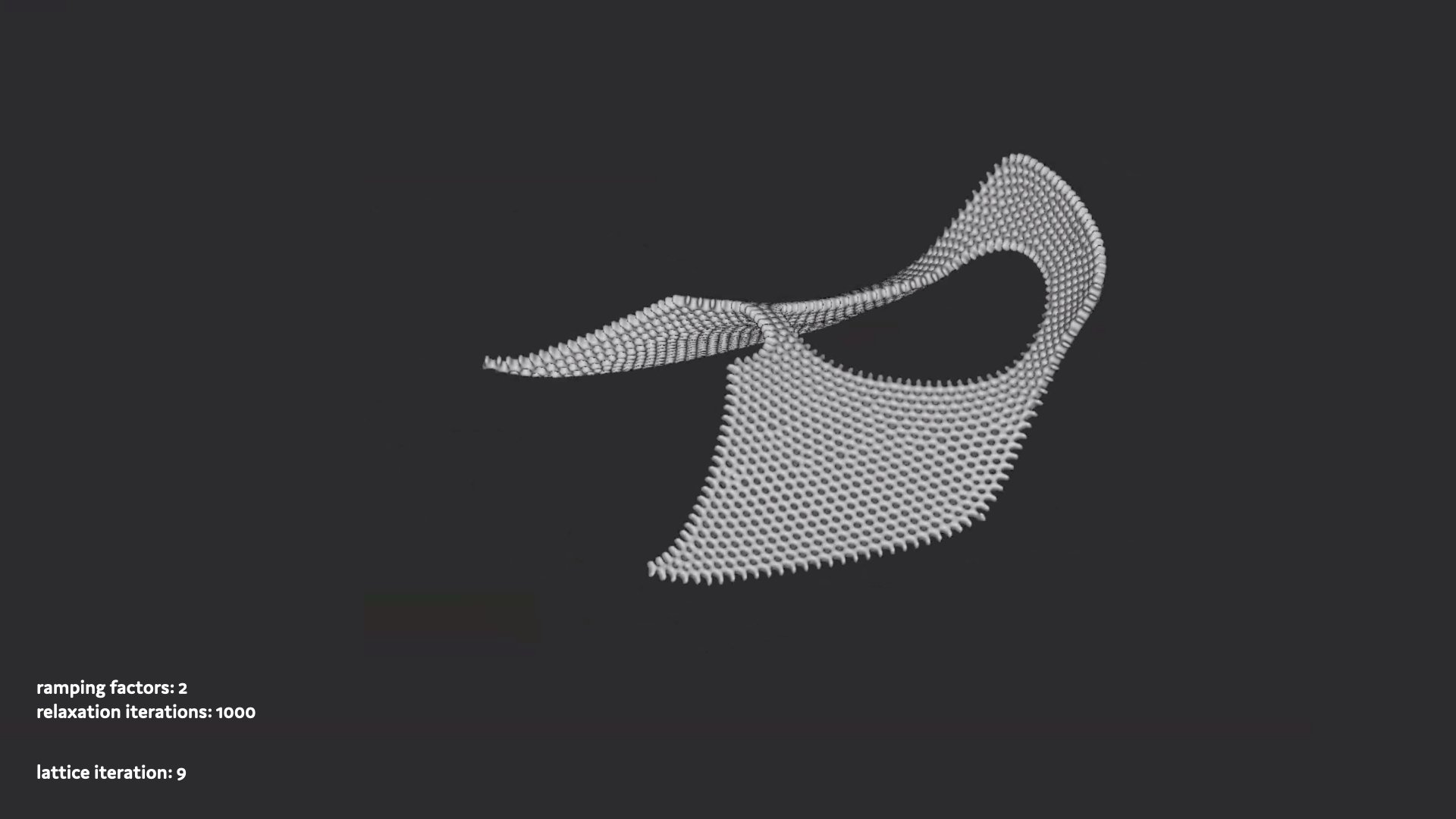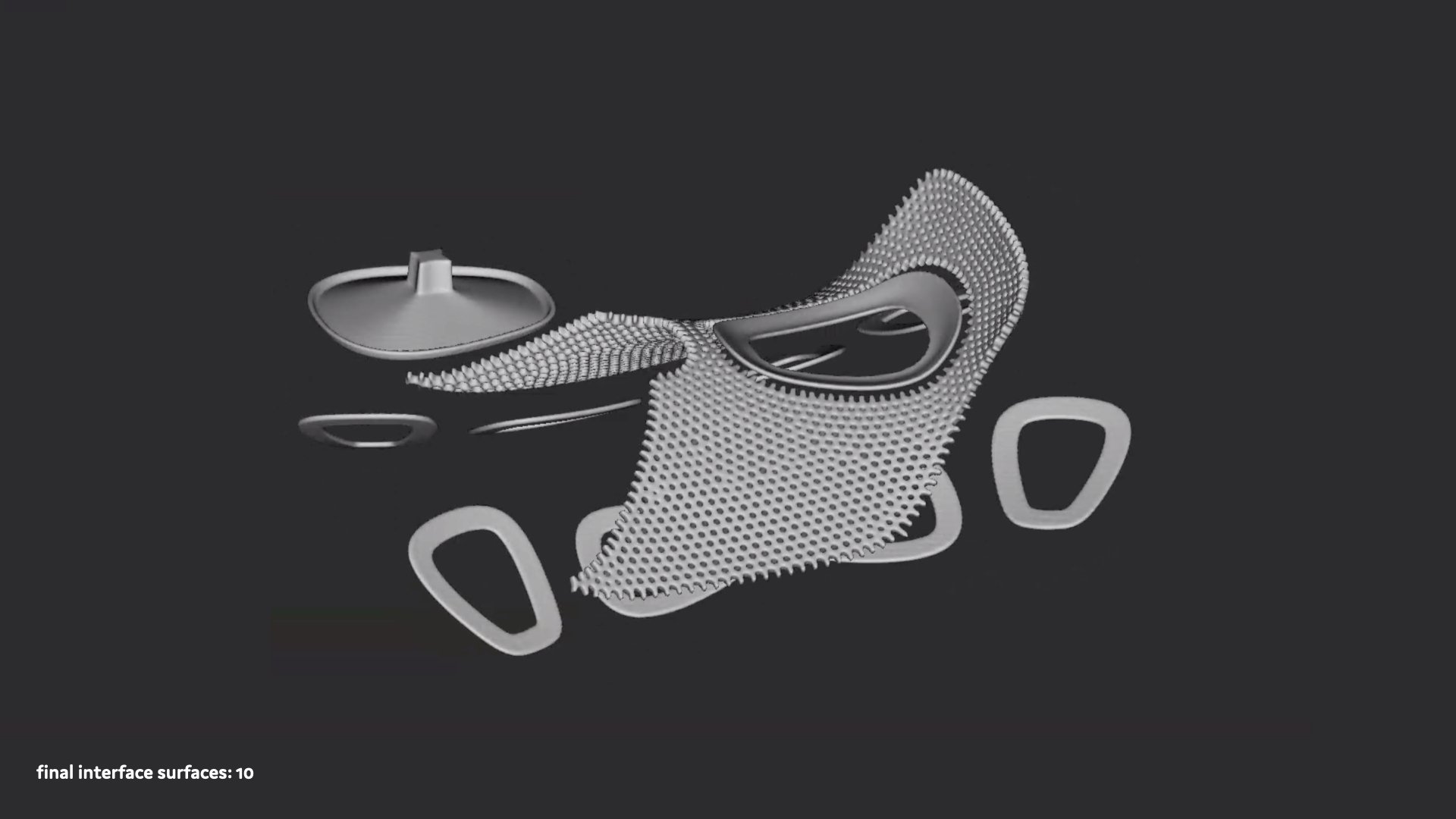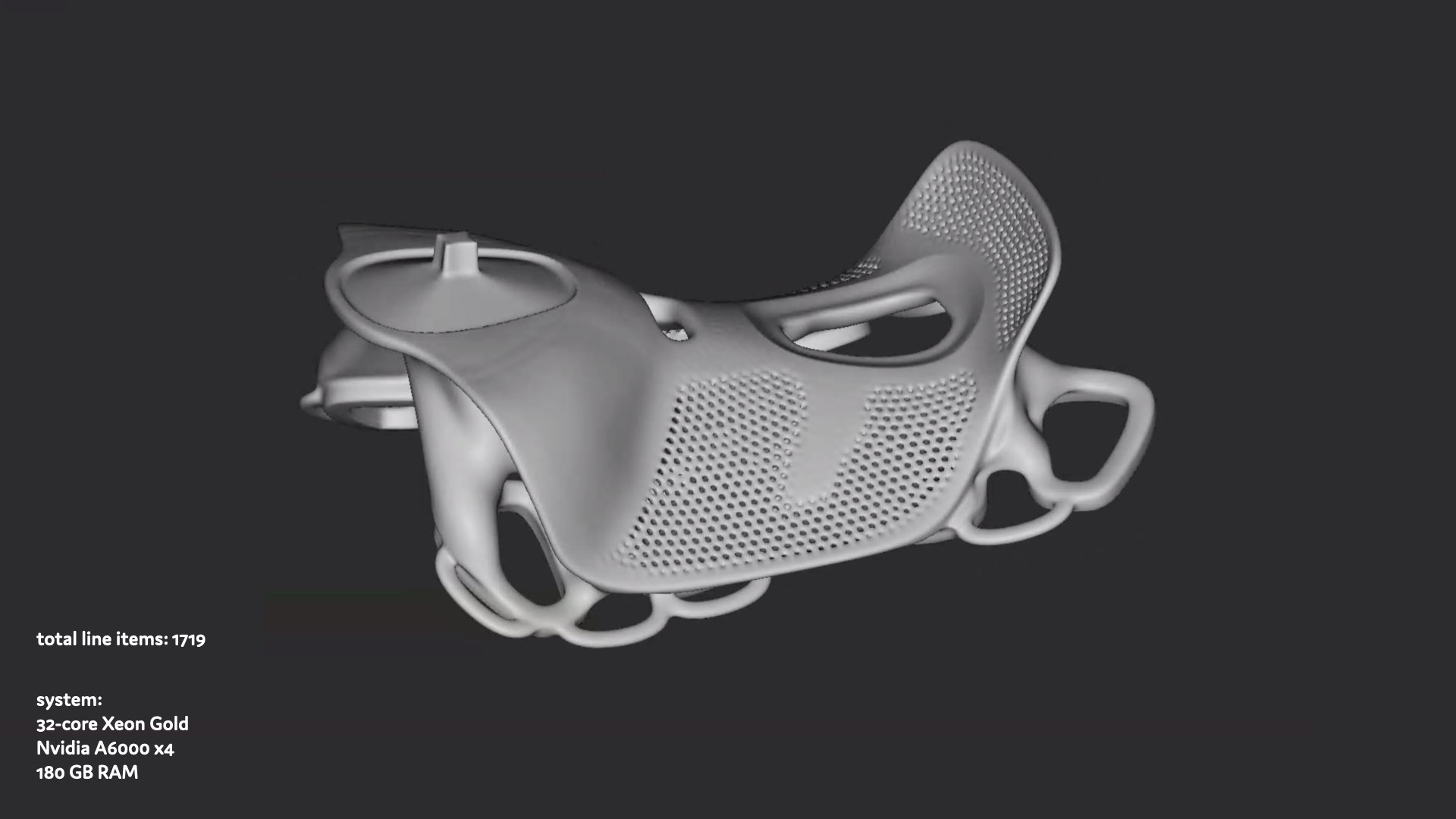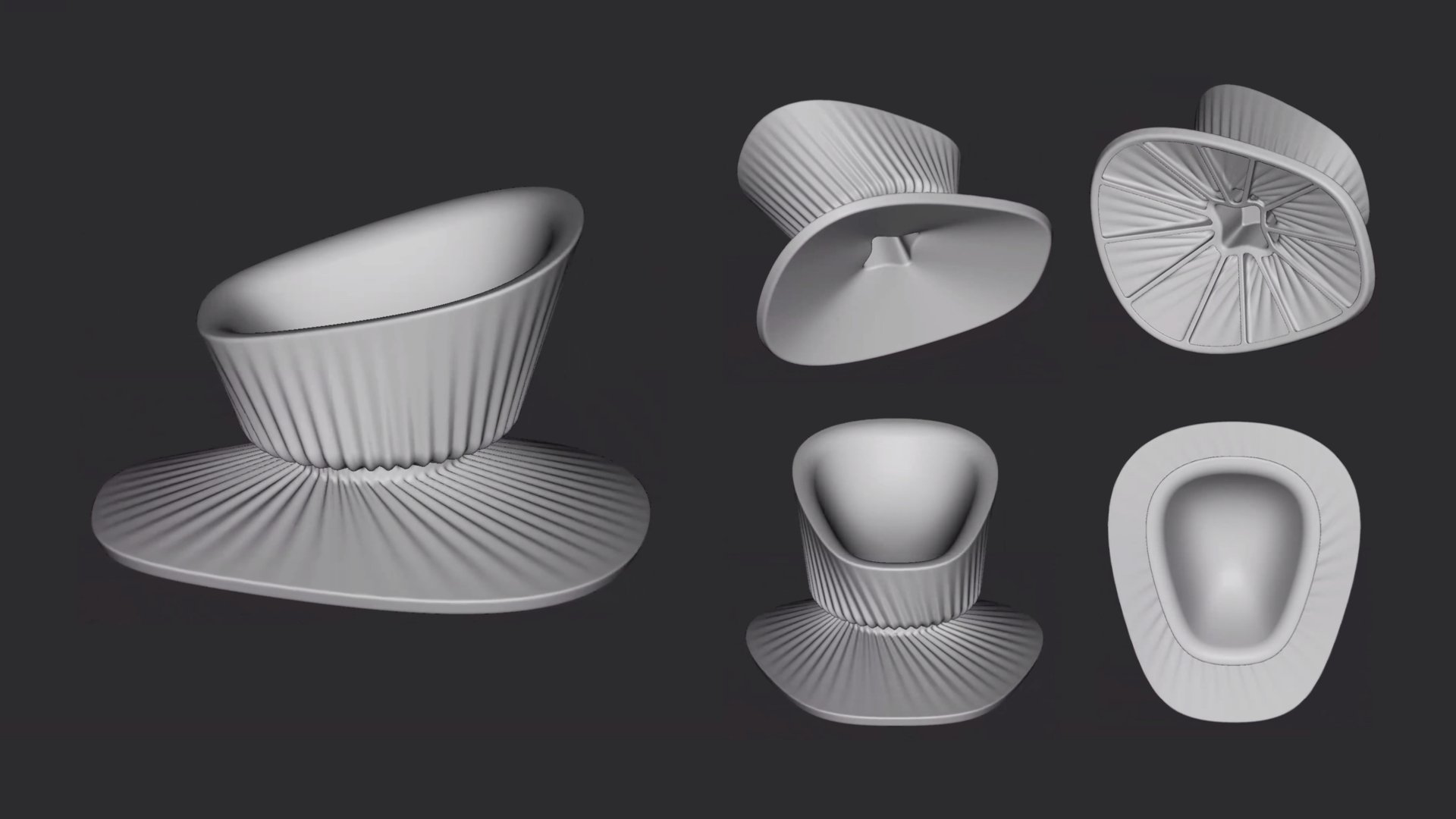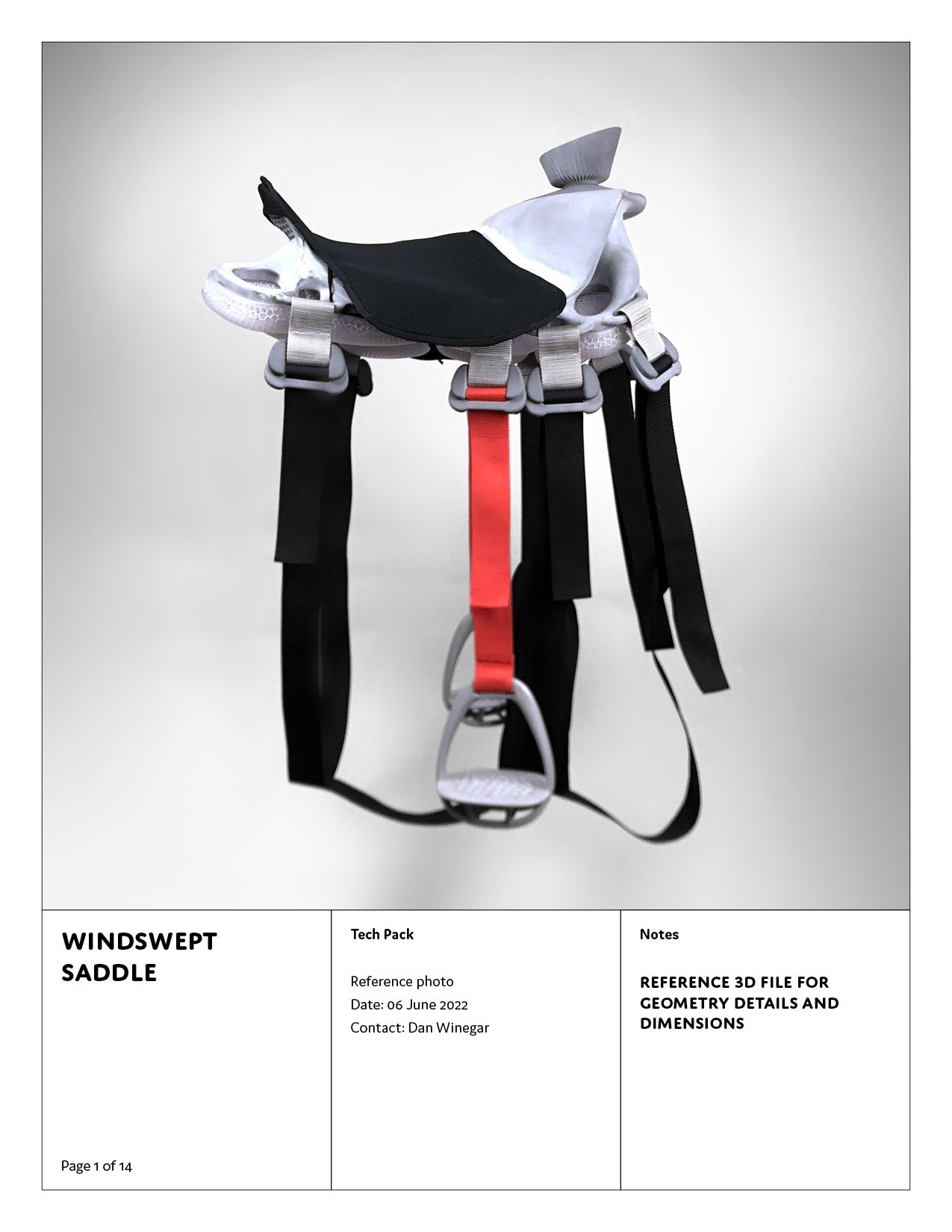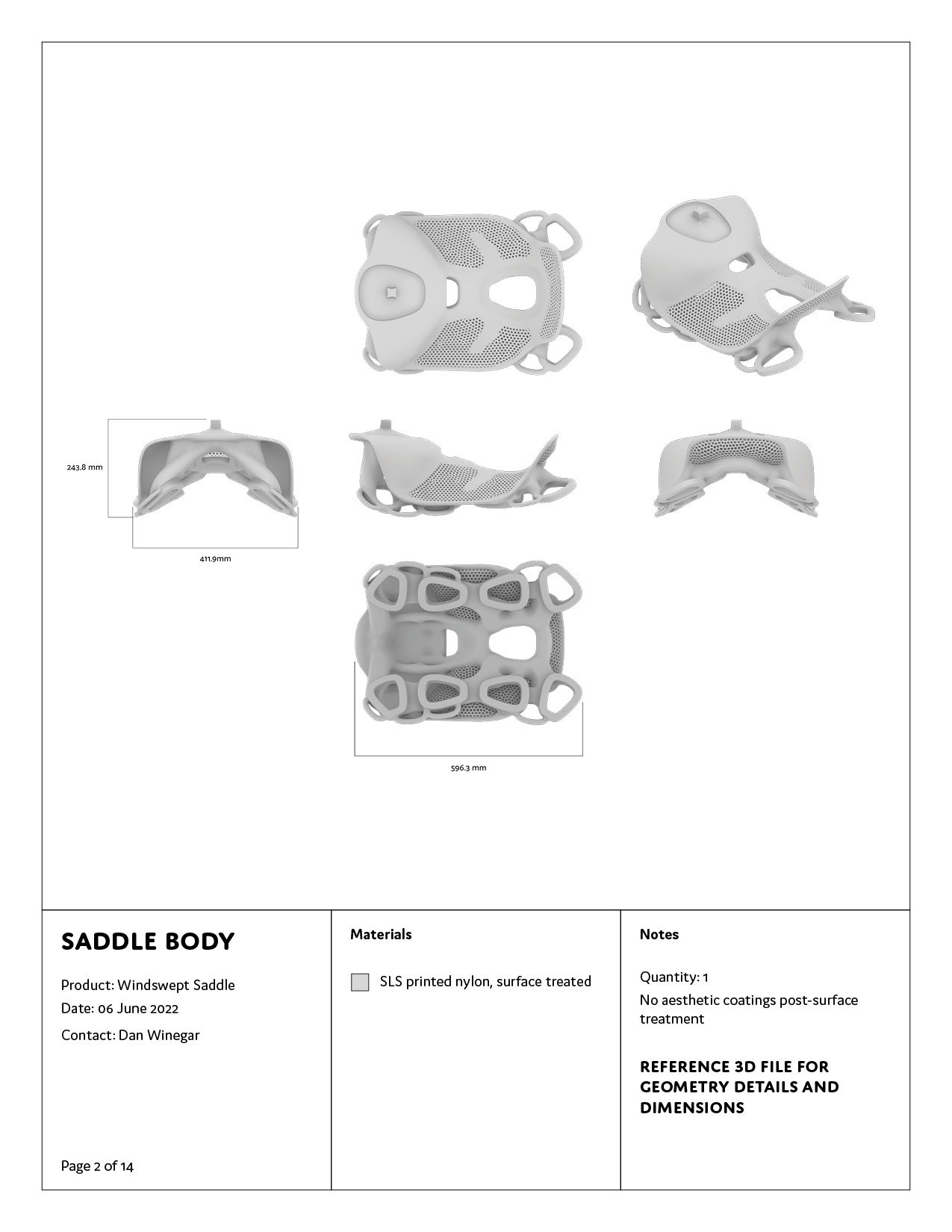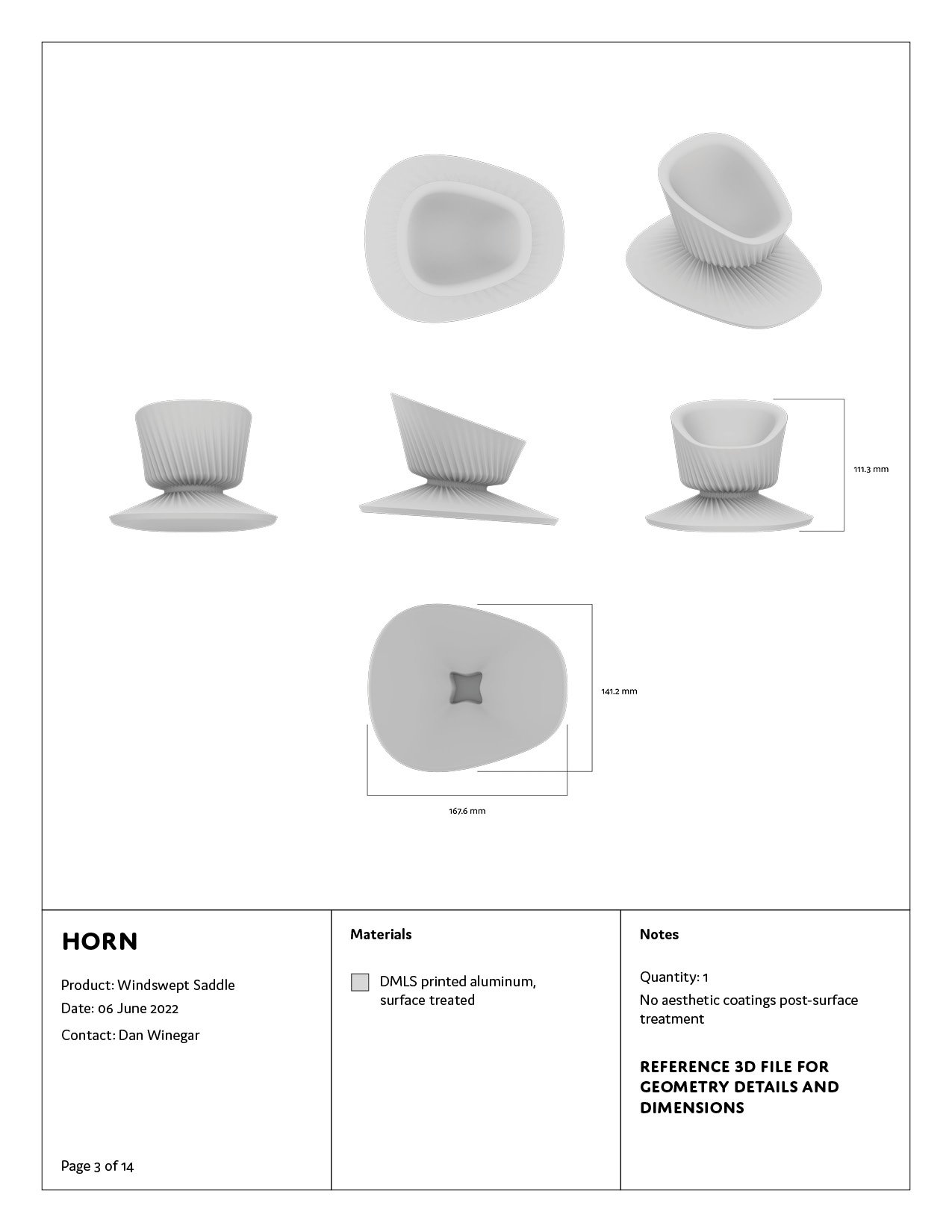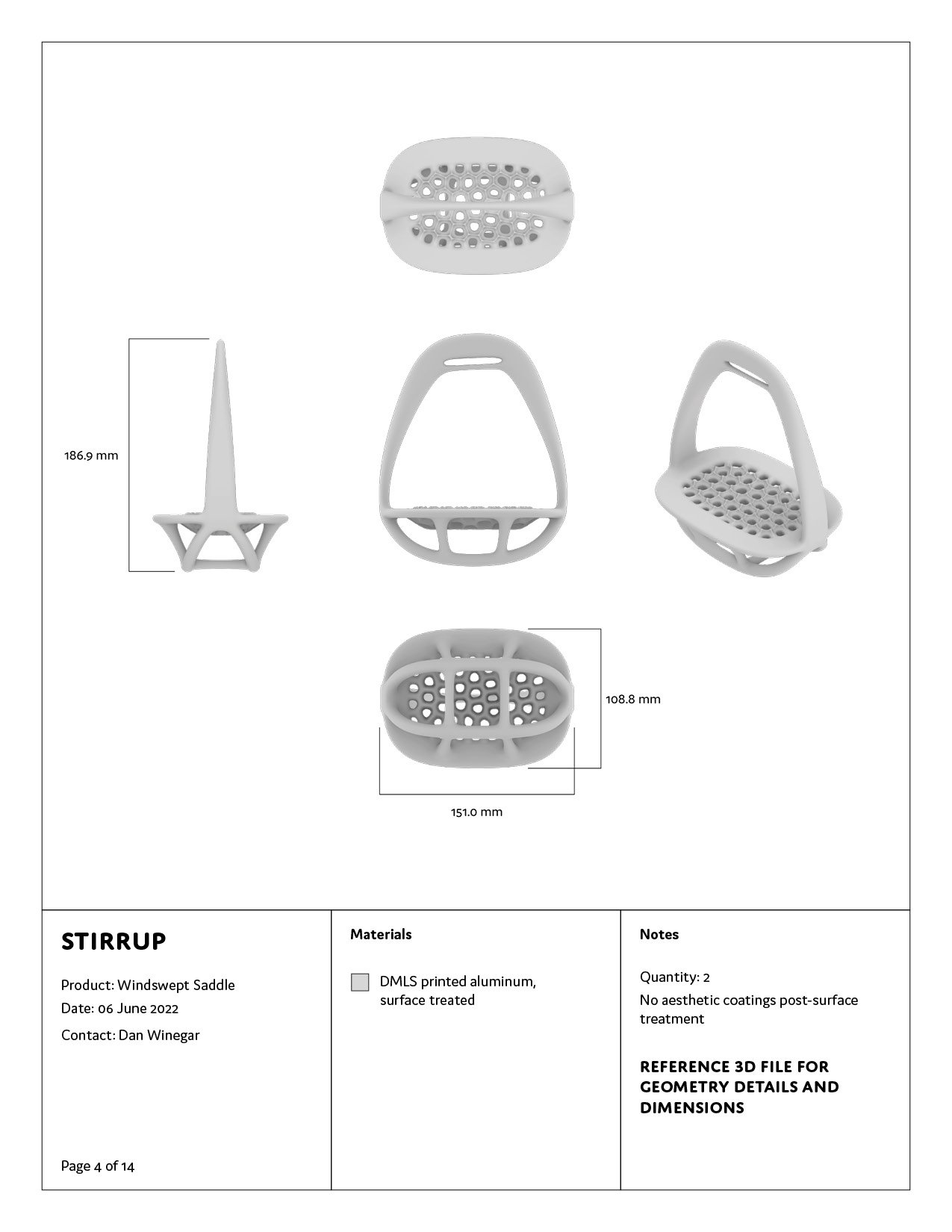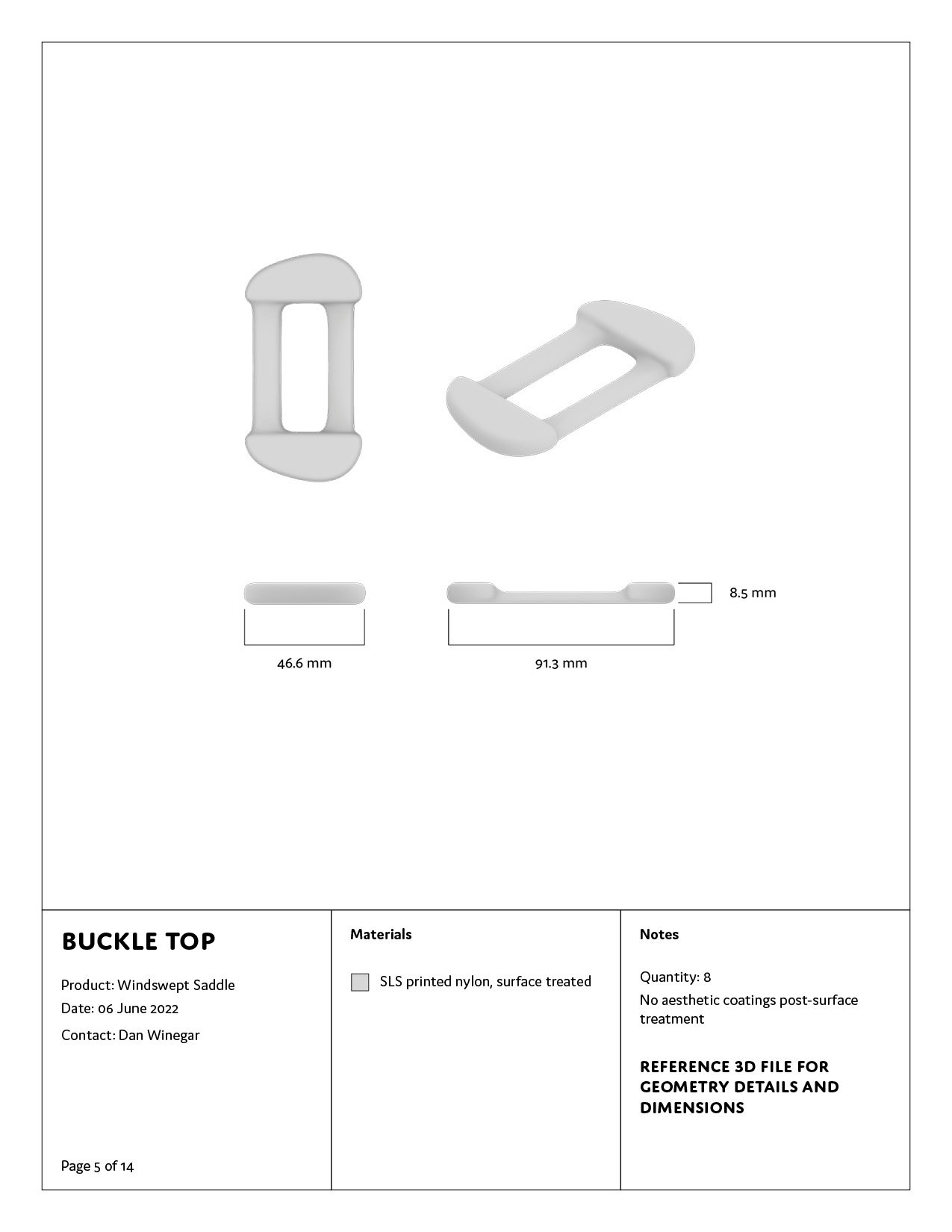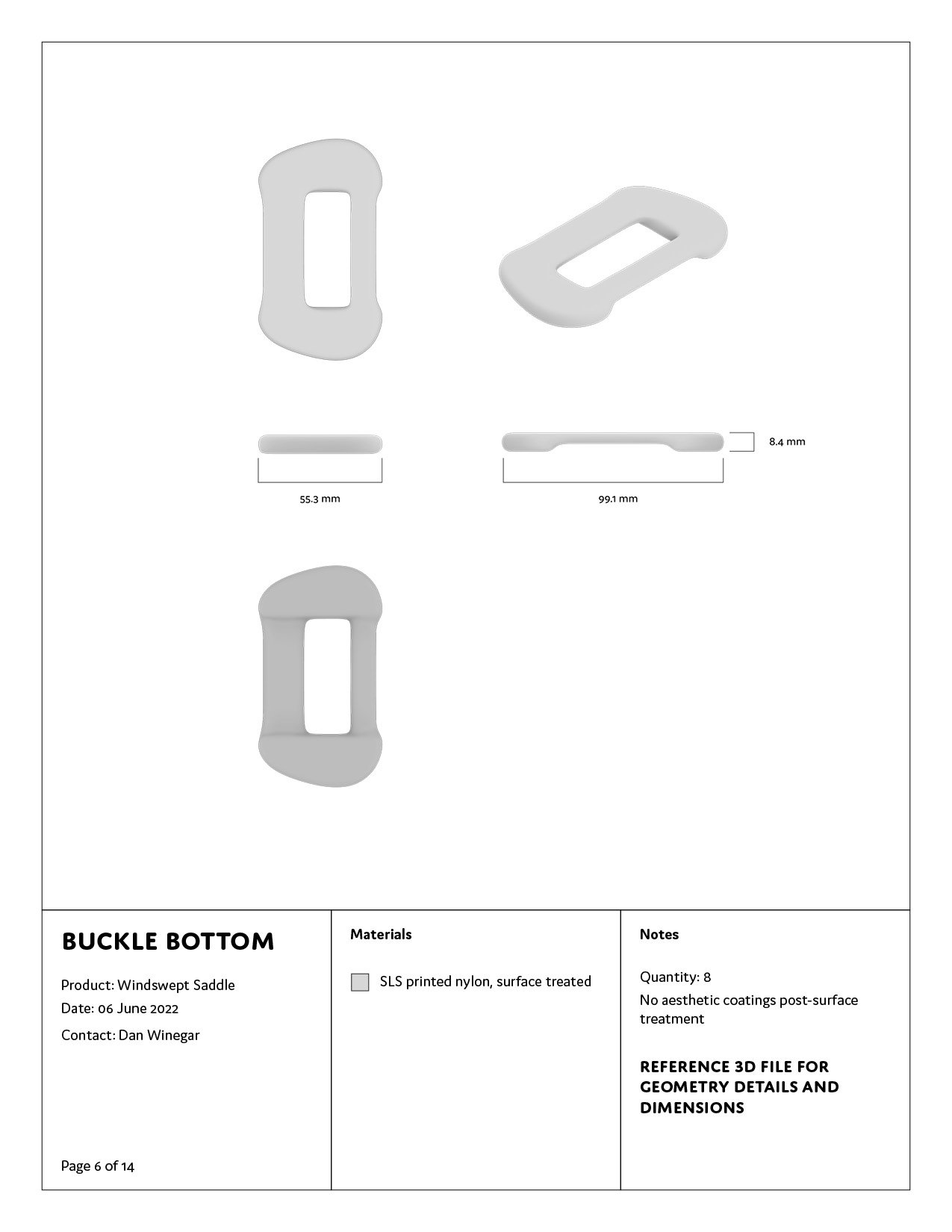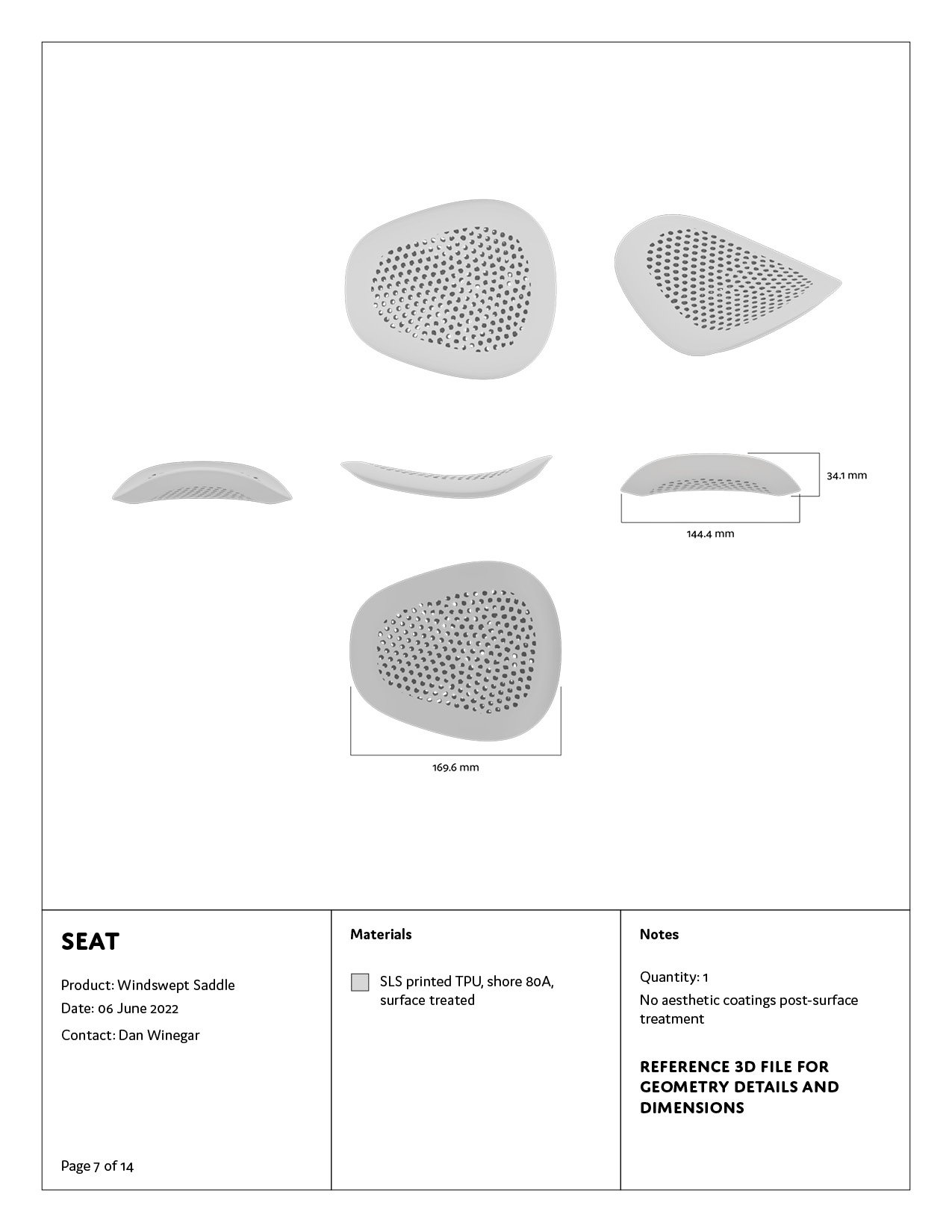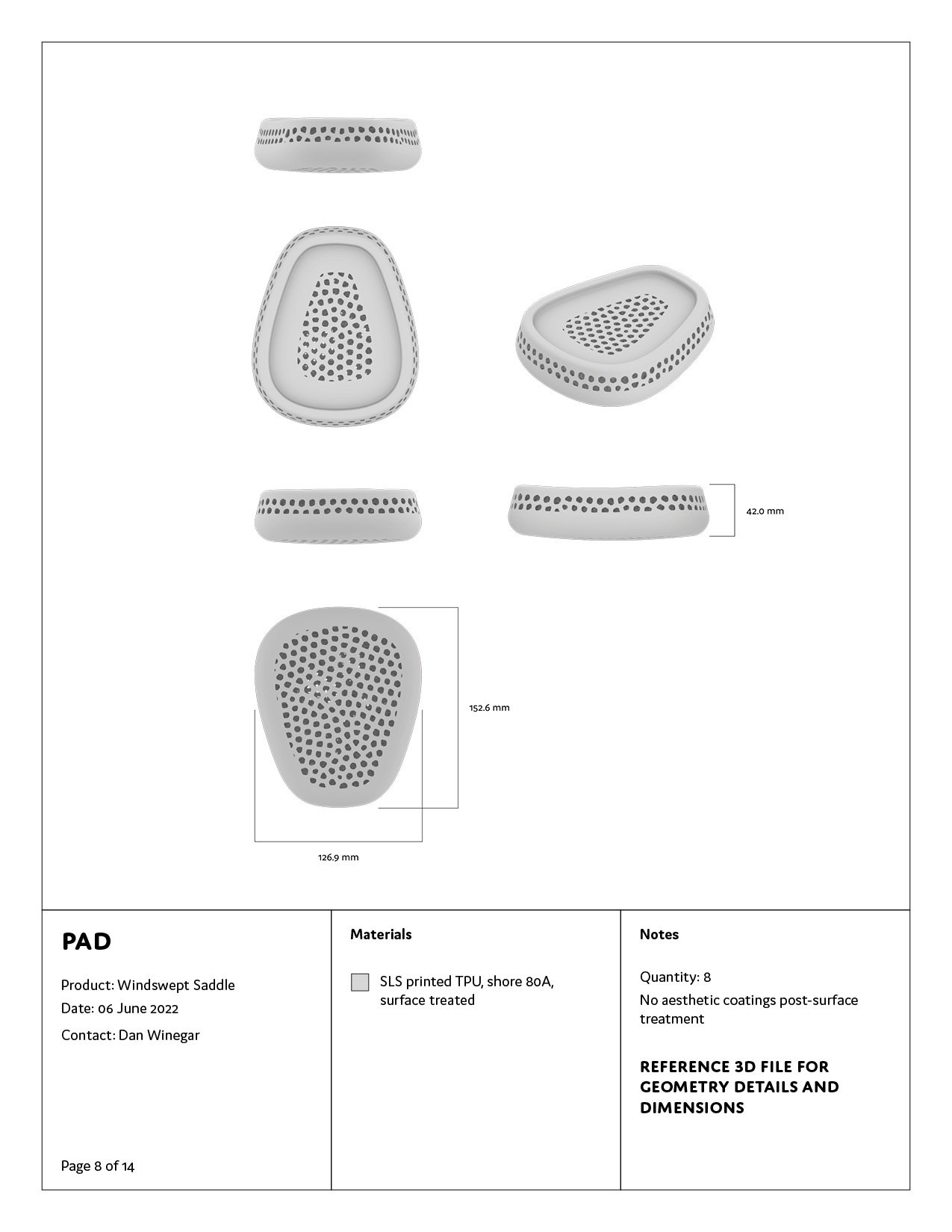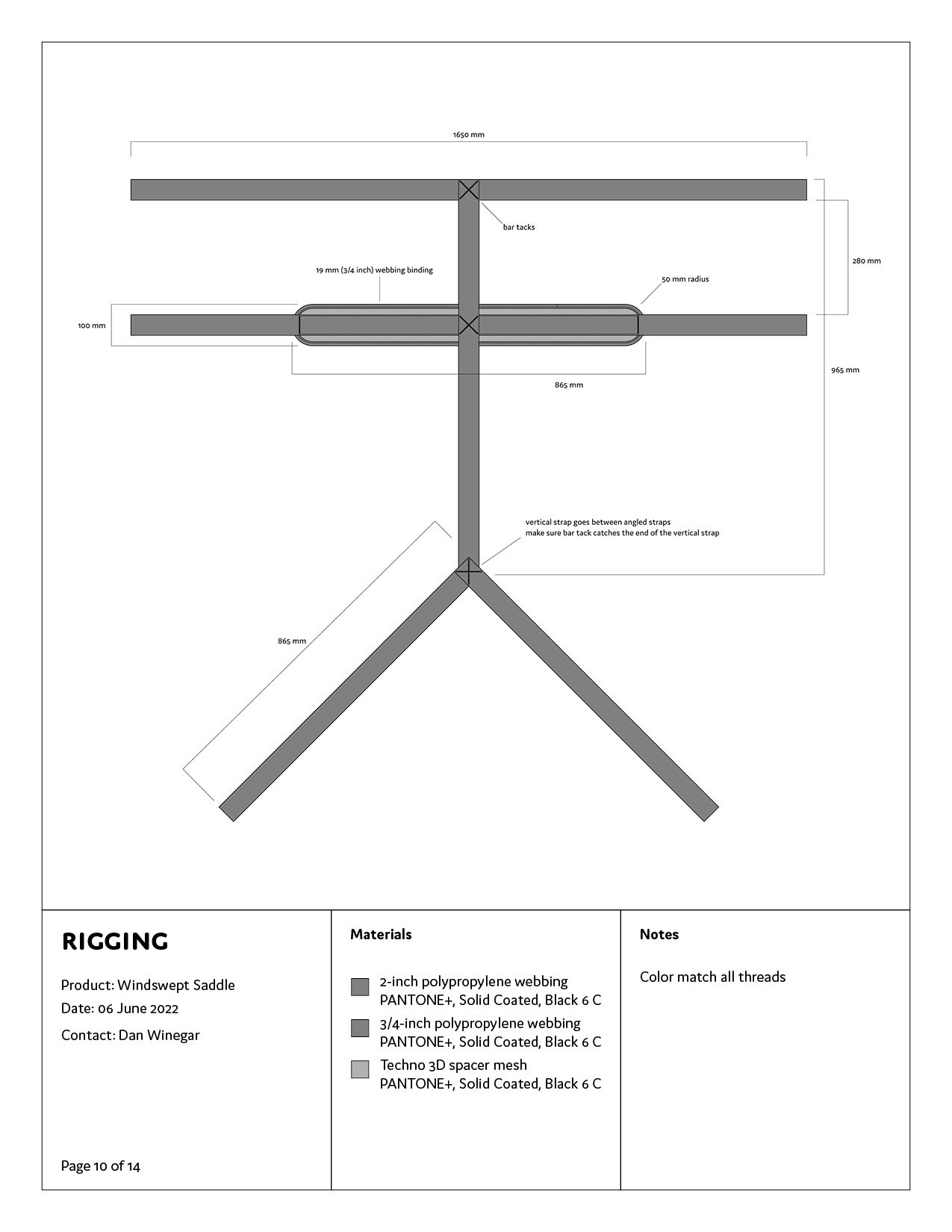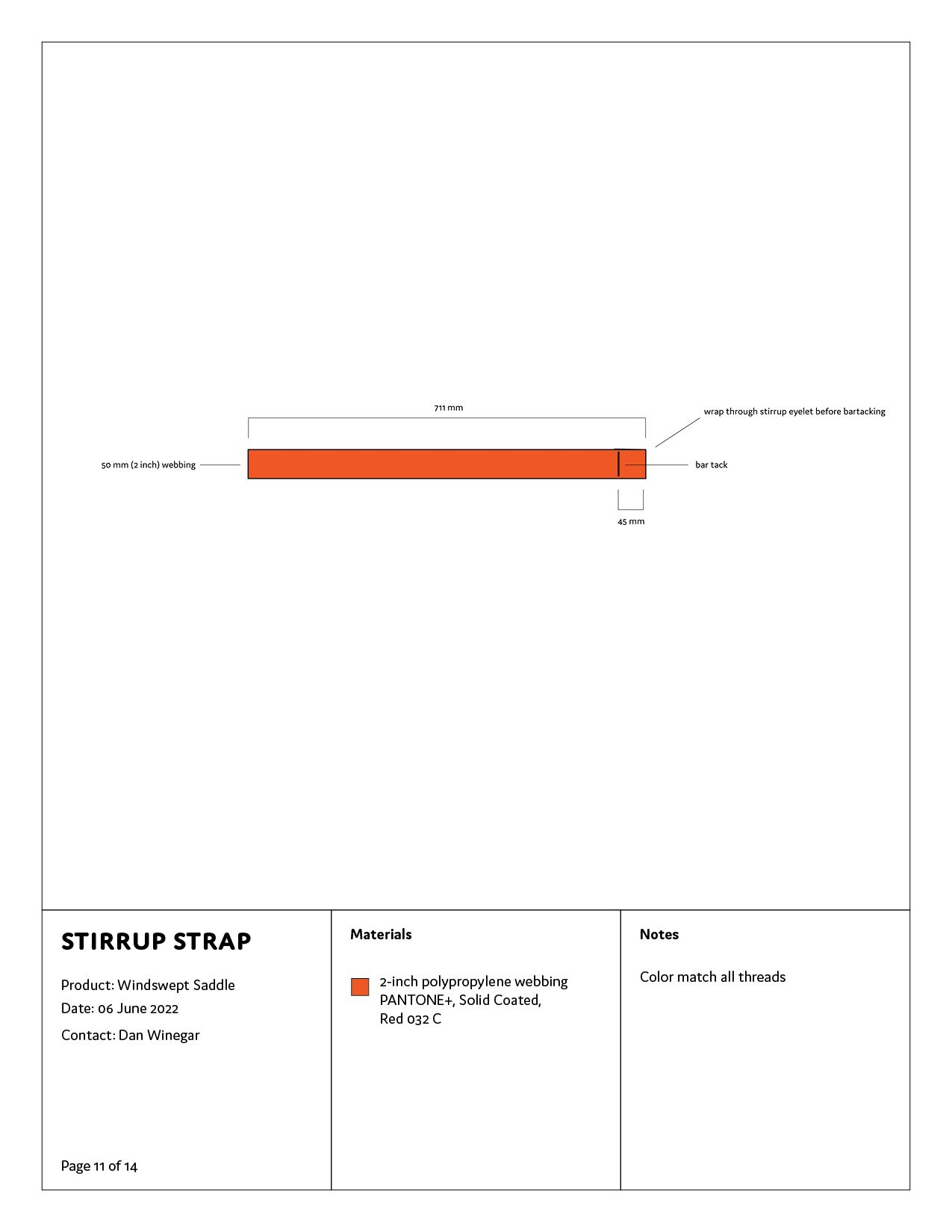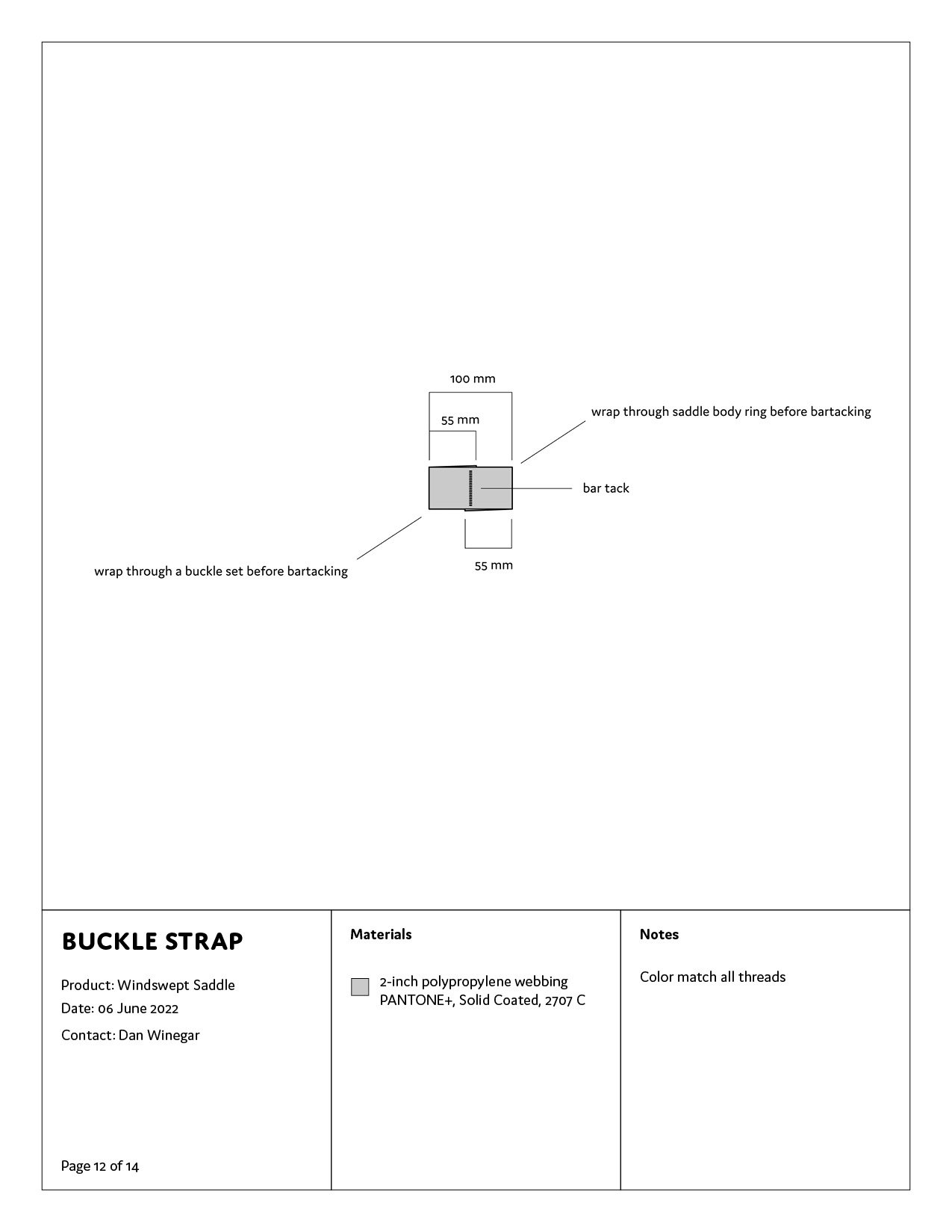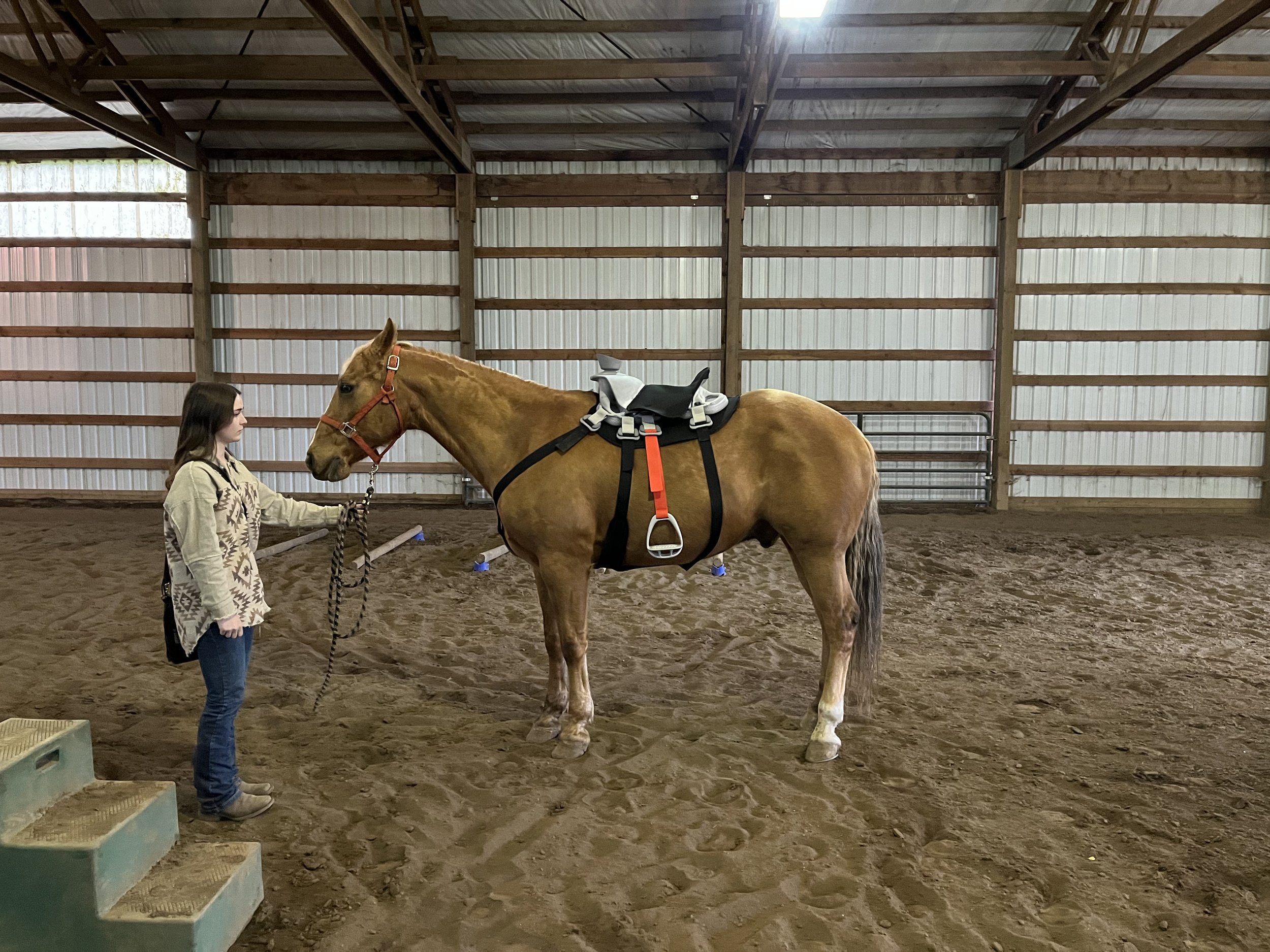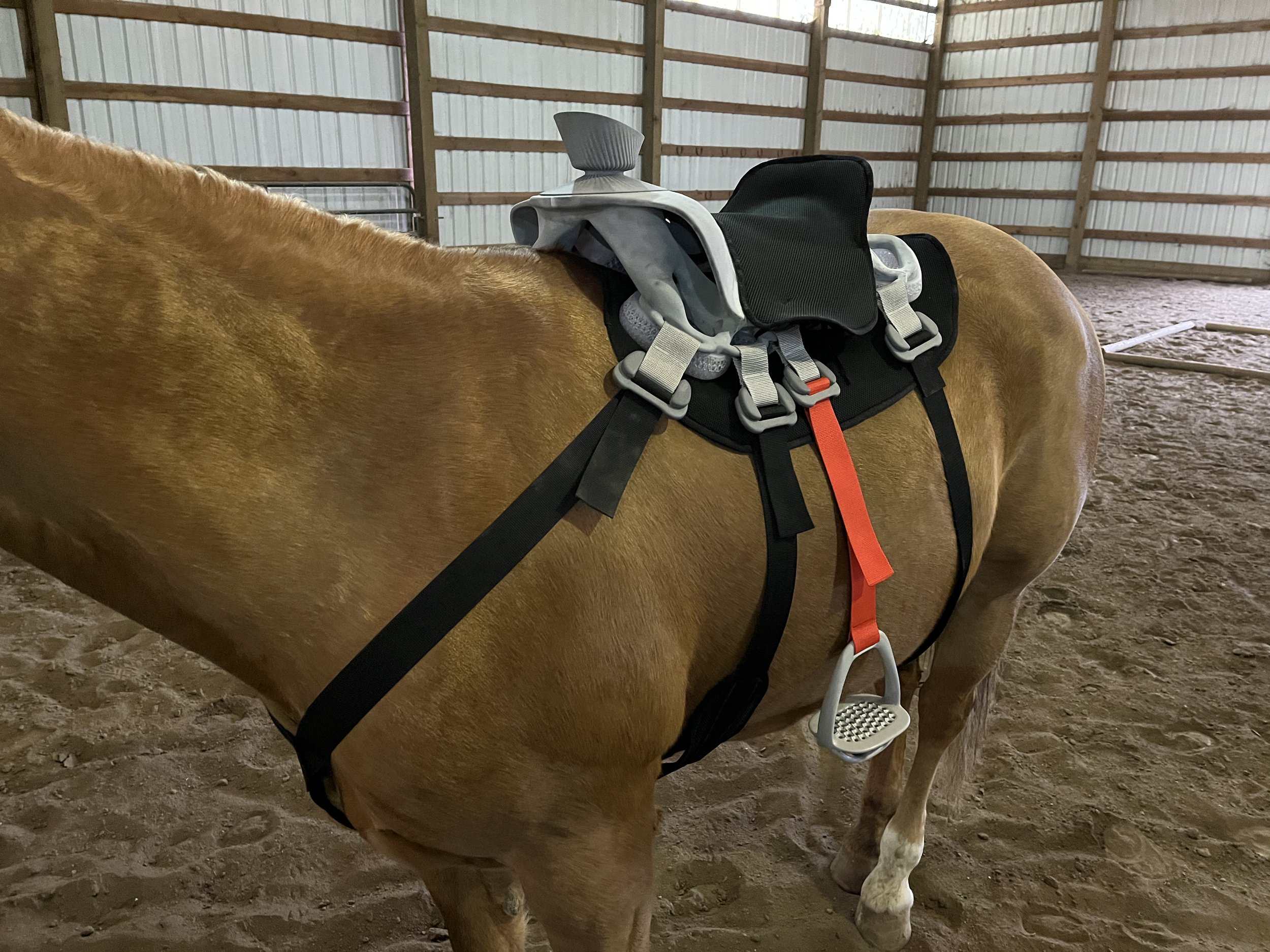Windswept Saddle
Windswept Saddle
People are leaving cities to buy ranches
Even before covid happened, people were leaving cities to seek more meaning and connection to nature. Katie and Taylor (above left) sold their company, Epic Provisions, and bought Roam Ranch, where they are regenerating the land by letting Bison interact more naturally with the terrain.
Brit (above right) is an art and poetry instructor who has relocated to the Zapata Ranch, one of Ranchlands’ several properties that focus on conservation through sustainable ranching. These new ranchers are also bringing with them modern expectations for their products.
Working saddles are still made like it’s 1900
Here’s a few product analogies to illustrate how modern materials and manufacturing allow users to do more. The greatest improvements are not simply due to swapping out for better fabrics or foams, but rather are due to our increased understanding of physiology and biomechanics.
Western saddles are currently made with hardwood skeletons and multiple layers of stacked leather. Humans used to carry things with backpacks made the same way, but have upgraded to better performing solutions. Would a horse prefer an update as well?
I’ve been around horses and spent a little time on a ranch. I drove out to Wilson Ranch in eastern Oregon for some more perspectives. Everyone was super helpful and I scrawled notes as quickly as I could.
Favorite chafing quote: “I used to get rawer than a fresh pealed rabbit.”
Once a rider ropes an animal (to administer antibiotics, etc.), they loop it around the horn on the front of their saddle so the vastly stronger horse can take over. Horn grip is critical, and it’s standard practice to wrap rubber or hide around the horn to increase its grip.
When a horse heats up, their surface blood vessels dilate and they begin to sweat. Horses sweat at twice the rate per square inch as humans do. On a hot day, a working horse can lose 4 gallons of water an hour. Horses also foam out electrolytes when sweating, making it hard for them to develop the signal for thirst. Staying hydrated can be a real struggle. Sweat and friction leads to saddle sores for both horse and rider. Once a horse gets a saddle sore, they can’t work again until it heals.
It’s common for a standard working saddle to weigh over 40 pounds! The benchmark saddle above came in at 40.1 pounds. Carried weight = extra work, and bulkiness makes things harder for both horse and rider.
Our product goals:
1. Equal horn grip without wraps
2. More next-to-skin airflow
3. Reduce weight
Other industries have developed some great solutions in these areas.
The main buckles on climbing harnesses only let webbing slip through in the tightening direction.
When a rope is pulled into the groove of a belay device, the teeth grip it to hold it in place.
Topology optimization removes as much material as possible while still handling defined loads.
Elastomer lattices used in advanced bike saddles allow for next-to-skin airflow.
Forms: What shapes does wind generate in the high plateaus of the American west?
Brand: Mid-century furniture. Arid, unadorned architecture and landscapes. Brutalist utility. Color accented utility.
Below are a few sketches that examined if the front swell that riders brace their legs against could be used as an air intake to actively direct air through the saddle as the horse moves.
I started modeling by getting some geometry from a benchmark saddle to rough out the critical surfaces that would need to be defined. I iterated in Rhino until I had quality surfaces and volumes that I could bring into nTopology for topology optimization.
Generating a structure within nTopology was a meaty part of this project. If you have experience with topology optimization, you know that it takes a lot of tweaking variables and iterating to arrive at a form that is useable.
I defined the forces that would act on the saddle horn, the top seat, the bottom pads, and the attachment rings. I then used the program to iteratively remove the material under the least load, until arriving at an evolved, bone-like structure. In addition to the generated structure, I developed a scaled lattice and other solid surfaces that would combine into the final part. Several layers of smoothing and recombining were needed.
All in all, the final nTopology operations tree had over 1,700 lines. I then repeated this process (albeit in a simpler fashion) for the other auxiliary pieces.
The pointy intersection pips of the lattice create a nice grip for the footbed.
The auto-lock buckles work just as well as their climbing-harness counterparts while accommodating 2-inch webbing.
The elastomer pads have about a Shore A 80 harness. They line up to create a cushioned surface for the horse.
The rider’s seat pad is much more firm, around Shore A 90. Just enough to flex a bit.
The horn’s ridges have the same geometry as the teeth of a belay device. When the rope constrict around the horn, it slips into the groove and is held firm.
Most pieces were printed from SLS nylon. The final pads, pictured further on, were printed from flexible 80A resin. For production, the horn and stirrups would be printed from DMLS aluminum. The webbing is all 2-inch polypropylene (so it doesn’t stretch when wet). The covers seen further down are double-layered black techno spacer mesh.
The SLS nylon has a nice patina that develops as it interacts with water. It will also darken in higher-use areas. When you get up close to it, the print lines almost look like sandstone layering.
Side note: All the images from here on are photos or composites of physical prototypes. As neat as shiny renders can be, their dopamine hit usually demotivates physical making and all its broad-spectrum insight. (Something I admire/adopted from CW&T’s principles.)
During modeling, I found a pad shape that if aligned properly, matched the horse’s back surface. All pieces are the same and a single one can be printed and replaced if needed.
Look at all that airflow space underneath!
The first video above is of a static friction test. I dallied the rope around each horn once and hung 75 pounds on the working end. On the other side, I hung a bag of water that slowly emptied. At the moment the rope slipped, I stoppered the water bag and took its weight. With the difference in weights at the moment of slippage, I could calculate the coefficient of static friction for each horn.
Benchmark horn static friction: 0.962
Windswept horn static friction: >0.987
Think of the coefficient of static friction as the percentage of the load on the rope that the horn will hold on its own.
Demonstrably better next-to-skin breathability
Benchmark saddle setup: 40.1 pounds
Windswept saddle setup: 17.2 pounds
The new saddle weighs less than half of an industry standard saddle!
Below are a couple of colorway options. The first (what you’ve been seeing so far) is very future-oriented. The second is rooted in the colors of wet desert dirt, rock, and flora. The pop of color on the stirrup straps is a utility-driven “legs go here” thing.
Henry the horse, our faithful steed, was our model. You can tell by his ears that this saddle is still in the “… this is new…” category.
The saddle fit pretty well on his back. The breast straps and cinch fit well too, but the rear strap could be tailored a little farther forward to keep it on the sidewalls of his ribcage.
Some quotes from horse/saddle experts:
“I have several riders that would really appreciate how light it is. There are a lot of people that struggle to lift a regular saddle.”
“As cool as the saddle is, the fact that I could have a saddle made specifically for my horse is awesome.... Fit is so important. Most custom saddles are really just tailoring a standard saddle, but an actual custom for-my-horse saddle is so much better.”
“There’s something here because my mind is spinning with other ideas.”

















